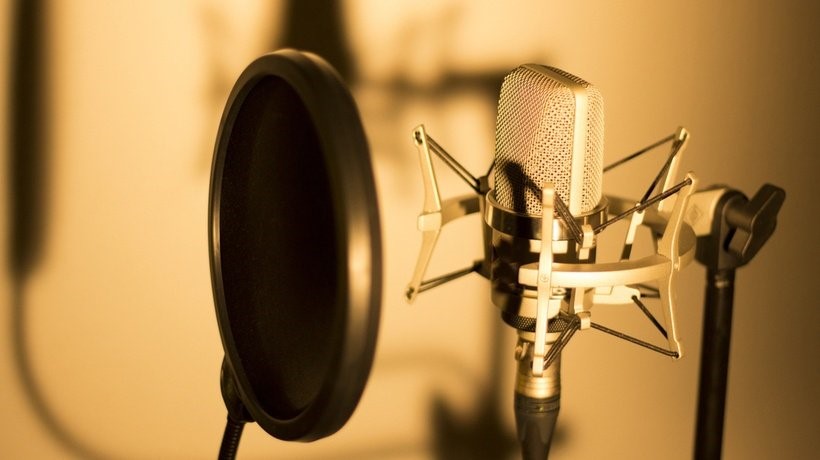How to record a voiceover demo

When learning how to record a voiceover demo, understand that your voiceover demo is critical. You wouldn’t hire a builder without seeing some of their work first or a baker for your wedding without tasting the cake. So you shouldn’t hire a voice actor without hearing a sample of their work. A voice-over demo is a professional, short piece showcasing the actor’s best voice work. A reputable voice actor should definitely have a voice-over demo and a professional should help out with it. It’s an investment that a voice actor should make, just like an actor has a headshot. It’s the first impression of the voice actor and needs to be sharp. A bad headshot of a film actor wouldn’t get them hired, so a voice actor’s voice-over demo should be top-notch quality, too.
Steps To Creating A Voiceover Demo
1. Write a voice demo script
Demo scripts are an essential element of any successful voiceover. A script makes it easy for you to do a voiceover without murmuring and fumbling repeatedly. Therefore, a demo script is vital to achieving a smooth and uninterrupted voiceover. It is also essential to know the duration of the voiceover, which should correspond to your speaking speed.
2. Understand the role that your voice will play in the video
Choosing a professional voice acting style that matches your video depends on the written script, and the kind of the video is essential. There are two types of voiceovers:
a) Conventional voiceovers – used in films, animations, and commercials. The aim here is to sound natural but, at the same time, be clear as if talking to the audience.
b) Announcer voiceovers – used primarily on events and commercials, the aim is to speak over people instead of speaking to them. An announcer’s voiceover’s purpose is to grab the audience’s attention, and one needs to sound authoritative and crisp.
3. Get a suitable recording device
Many laptops have in-built microphones, which can record medium-quality audio. Even so, a good microphone is an essential investment toward achieving high-quality voiceovers. USB microphones are also available; these can plugin to USB ports for recording. You will also need a powerful Windows or Mac recorder program for recording purposes. Or you could go to a professional studio for sound recording. And you need to learn how to use some voice over recording software.
4. Practice the voiceover
Recording a voiceover is like doing a line for a film; hence, it needs perfect execution. An excellent way to practice is by recording and playing back and taking required adjustments. The aim here is to reach a point where:
- Your professional voice is concise and clear, with each of the words enunciated and understood easily
- Knowing your voice. For example, male voice actors tend to have a deep voice.
- You get the emotions of the lines or words out through tonal variation as needed. Maintain a good pitch and a consistent melody of your voice.
- You ensure consistency in reading out your script. It is crucial to avoid fumbling with words; otherwise, you will sound unprofessional.
Pro Tip: take care of your voice and avoid yelling. It is vital to keep hydrated and avoid consuming plenty of dairy products on the recording day. Also, avoid alcohol and cigarettes a few days before recording your voiceover.
Tips For Professional Voice Actors
Some voice actors use the binaural recording for an immersive, 3D sound experience. However, even the best quality head-related transfer function (HRTF) microphone setup cannot overcome poor studio acoustics. So if you’re chasing surround sound, start with two microphones positioned in the same way your ears are when you’re speaking into them. Then try adding two more mics to capture sound from behind you.
Even if you use a high-end microphone and headphones for recording, get ear protection. It will be your best friend in the studio and outside of it. If you don’t, your voice may lose its natural tone and resonance overtime – not to mention the loudness.
In conclusion
Remember that voiceover is an art, but it’s also a business. So as you’re recording your demo, be sure to have your rate sheet handy, so you can quote it the second someone tells you they love your demo.
Whether you are a voiceover artist, podcaster, or radio DJ, it is crucial to have a strong demo reel. Many websites can help you record your own if you don’t have this equipment.





